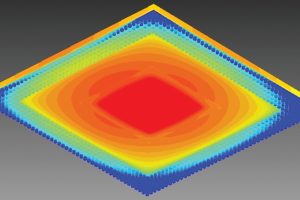With a view to establishing safer engagement techniques, the IRB selected Bath University research team to investigate the forces and motion of scrum mechanics in order to determine the causes of injuries suffered throughout the sport.
The research involved monitoring rugby players with cameras, player-mounted pressure sensors and accelerometers.
The research data show that a new ‘crouch, bind, set’ engagement sequence reduces initial scrum forces by 25%, making scrummaging safer and less prone to collapsing with time-consuming restarts.
The findings supported the decision to change the laws of scrummaging and create the new engagement sequence which has been implemented across all National and International rugby competitions, including the recent Rugby World Cup and European Six Nations Championship.
“The feedback that we have been getting from coaches and players around the world is that this is a positive change that enhances player welfare and scrum stability,” said RB chief executive Brett Gosper.
The data was collected and processed using National Instruments CompactRIO.
Using NI LabVIEW software the University team tested and examined the physical demands on players in UK and overseas rugby teams, across playing levels from school age to International level.
The consistent data collection and full analysis of force, acceleration and movement patterns formed a quantitative basis for the new, improved law amendments.
To read the full case study, entitled Measuring Biomechanical Stresses in Machine and Live Scrummaging Using CompactRIO and LabVIEW.
 Electronics Weekly Electronics Design & Components Tech News
Electronics Weekly Electronics Design & Components Tech News




